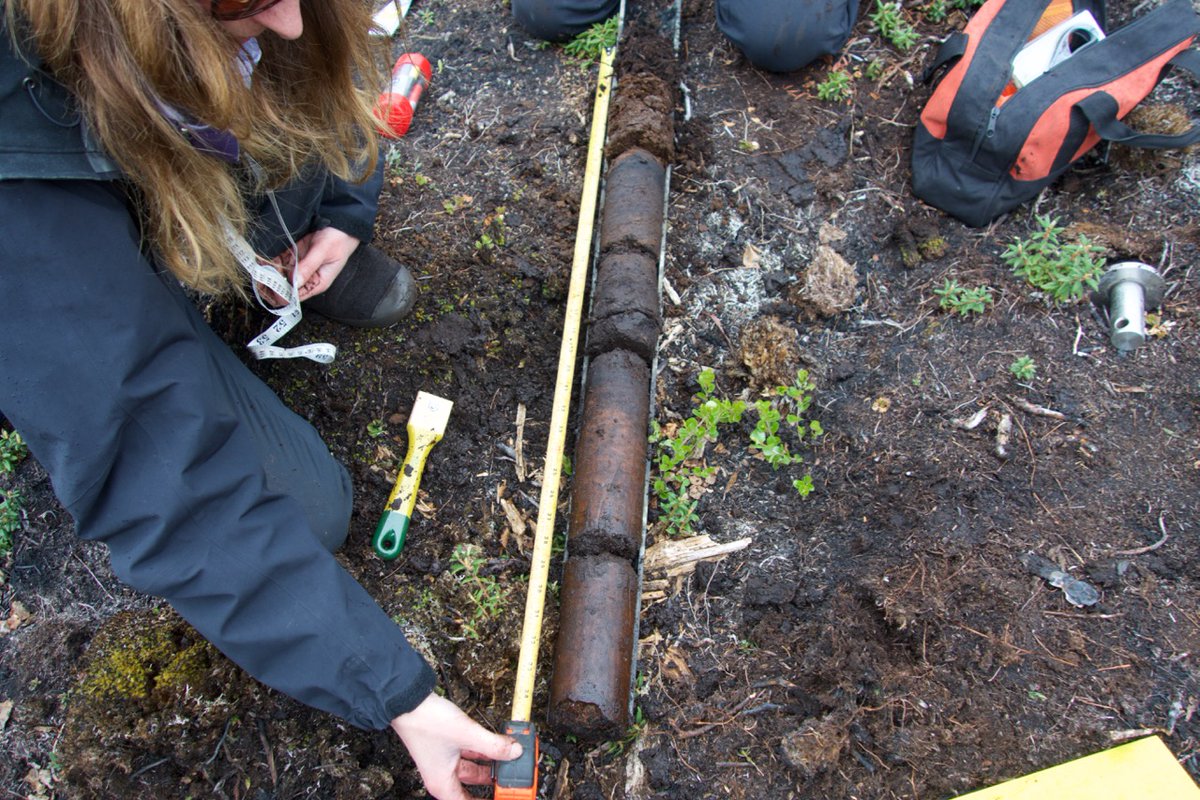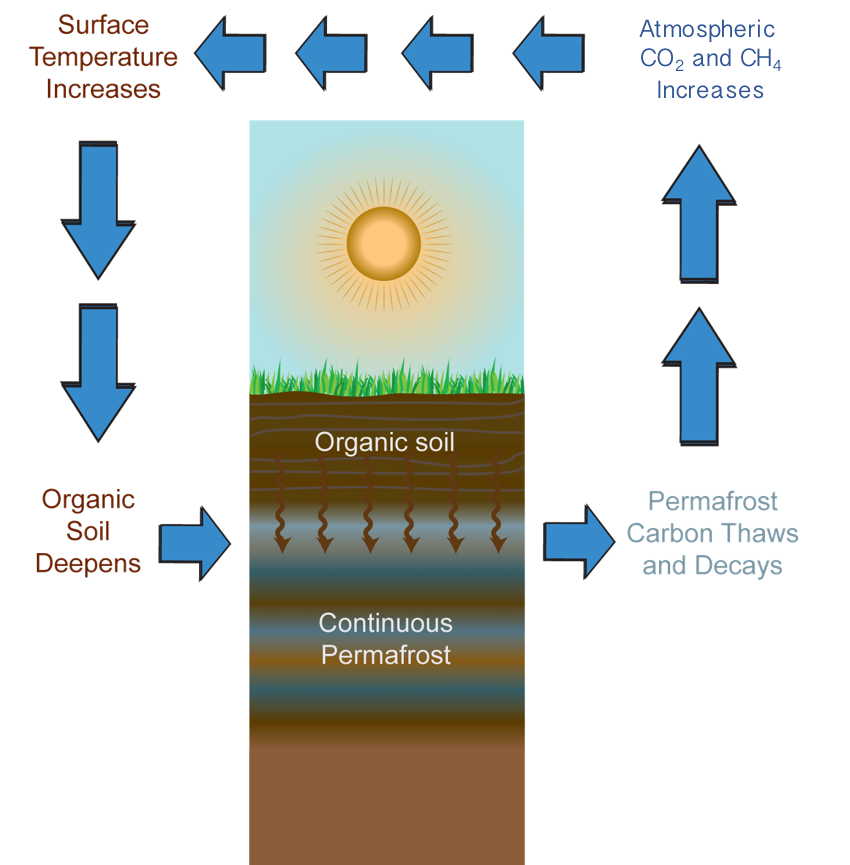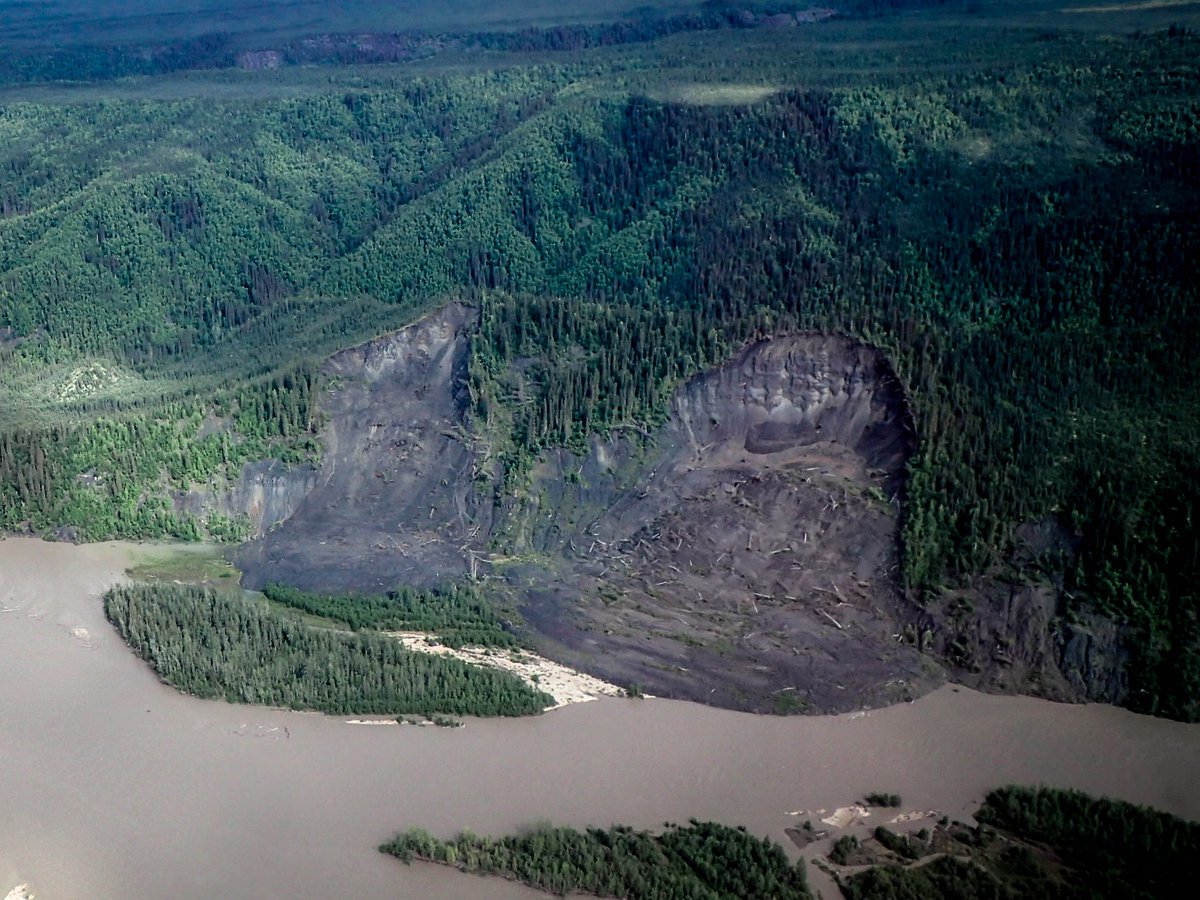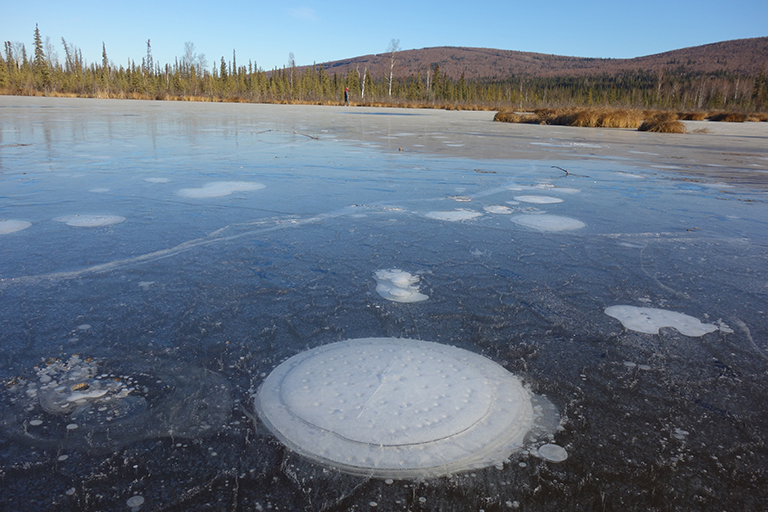I'm still fielding questions about last week's misleading "permafrost melt" study in @SciReports. Here I'll summarize the latest science on permafrost thaw & climate. How much carbon is in frozen ground? In just the upper 3m, permafrost has more C than the entire atmosphere. 1/
This cartoon describes the permafrost carbon feedback to climate. Permafrost has been a global freezer for biomass, cooling our climate for millennia. That organic matter is now warming up & thawing. Microbes produce GHGs, which end up in the atmosphere causing more warming. 2/
There is variation in how sensitive permafrost is to warming. Permafrost w/ lots of ground ice also tends to be carbon-rich. This is the most sensitive permafrost to rapid change and landscape disturbance, which we summarize here in @nature. 3/ https://www.nature.com/articles/d41586-019-01313-4
Is permafrost getting warmer? Yes, we have high confidence that this is occurring. Between 2007-2016 alone, ground temps in the continuous permafrost zone warmed by 0.39 ± 0.15 °C. This may not sound like a big change, but really it's dramatic. 4/ https://www.nature.com/articles/s41467-018-08240-4
Side note. Frozen ground might thaw, but it can't melt. This is why I knew immediately that the @SciReports paper published last week was suspect. The authors used the term "permafrost melt" in the title & showed me that they did not understand what permafrost really is. 5/
Is warming triggering more rapid permafrost thaw? Yes we also have high confidence that this is occurring in many regions of the Arctic. One example: Lewkowicz & @LabradorIce in @NatureComms report a 60-fold increase in thaw-induced landslides between 1984-2015.
We are confident that permafrost is a carbon-storage powerhouse, & that warming & thaw is widespread. From here, things get more uncertain. Field studies are quantifying increasing release of carbon from thawed areas. Here is a @NASAEarth study. 7/ https://earthobservatory.nasa.gov/images/146940/satellites-size-up-bubbles-of-methane-in-lake-ice
Field scientists in general believe the Arctic is releasing more carbon today than the recent past. The fraction of carbon released as methane (a powerful GHG) is small but increasing. This is the type of work that causes the media to talk about "Arctic bombs" etc. But.... 8/
Unlike our best field data, atmospheric measurements particularly led by @NOAA are not detecting increasing carbon or methane emissions from the Arctic. So these two foci of science (field versus atmospheric modeling) are currently at a mismatch. What is causing this mismatch? 9/
1) Current atmospheric monitoring may not be sensitive enough to detect current increases in thaw-emissions, 2) Field science is likely biased towards methane producing areas & underestimating methane consumption in thawing soils/waters. These are major uncertainties. 10/

 Read on Twitter
Read on Twitter







